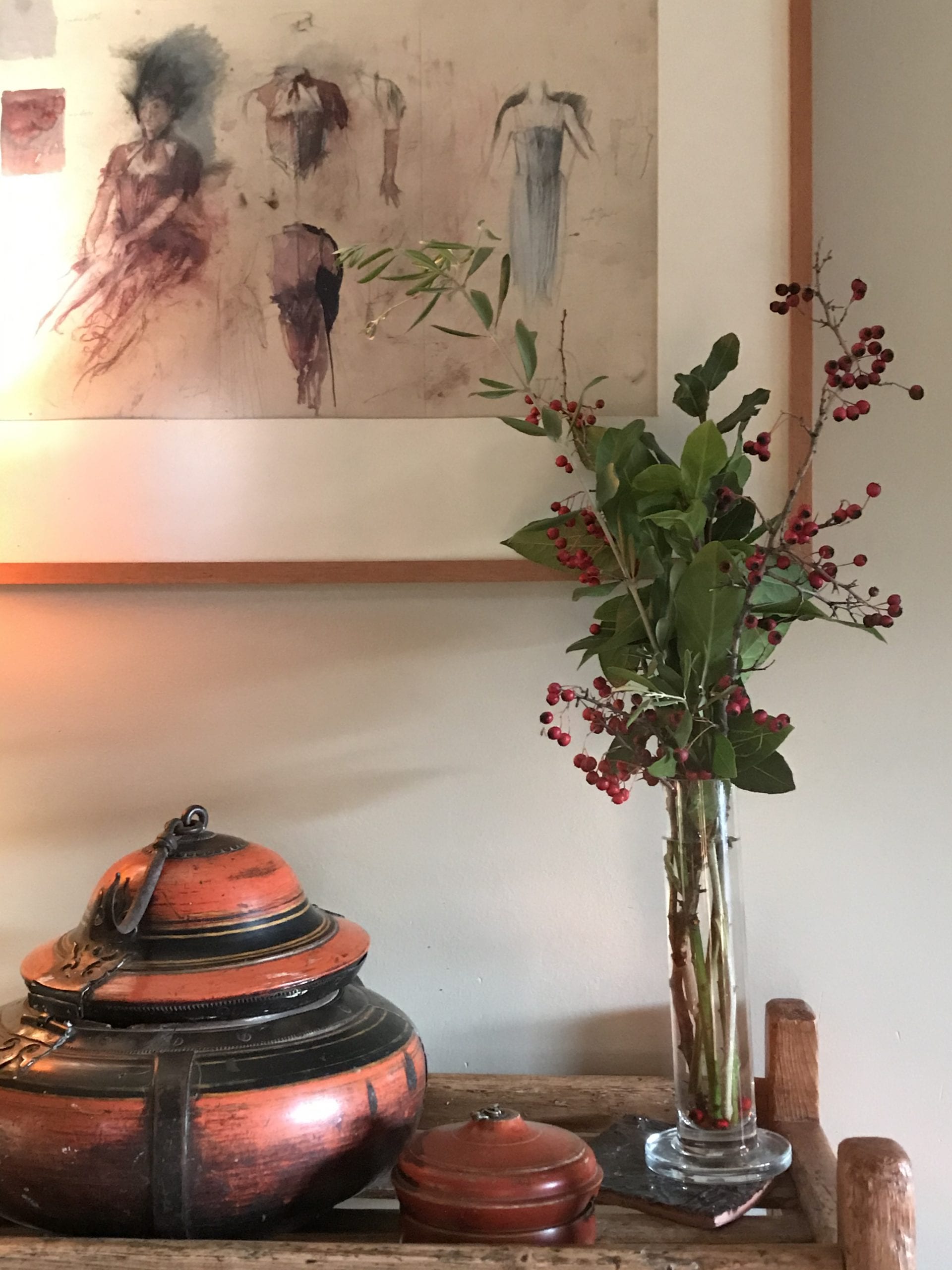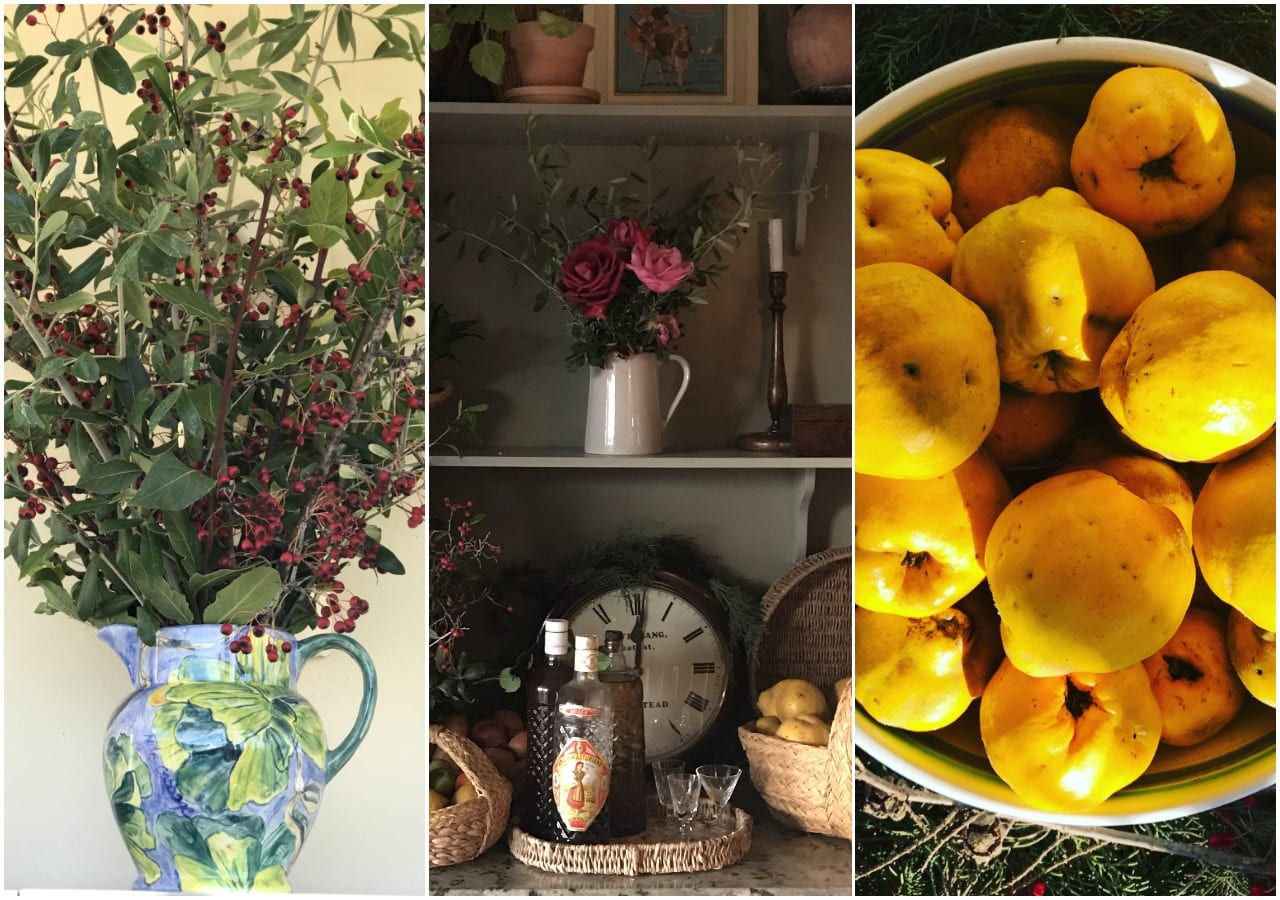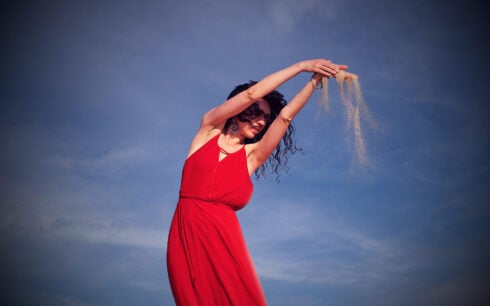CHRISTMAS is coming and my heart sinks just a little.
Since both my children reached the age of becoming Santa sceptics, and with Father Christmas out of the picture, where does the magic and ritual come from?
I miss the hanging of the stockings and the letters I answered as if from the head elf.

I shall miss being woken up at 5am with squeals of excitement, hard as it may seem.
Despite being educated at a Catholic school in Ronda they are non-believers so church rituals won’t fill the gap.
Since our families live in the UK, it won’t be about a big family get-together, nor about sending cards since I never make it to the post office between the opening times of 11.45 and 14.30.
This Christmas I am instead concentrating my resources on the feasting and decorating part. And, in the current tradition of eco-consciousness I am being as organic as possible.
In times gone by, I have designed, bought, created, cooked, decorated and directed the entire production for family and friends.

Yes, I wanted to fulfil expectations, and I completely exhausted myself.
This year, I want to do Christmas, but I want to do it with grace and ease, and I want to enjoy it. But how is this possible?
In Spain everything begins on December 8 – the ‘puente’ bank holiday – which celebrates the feast of the Immaculate Conception.
This is the day when families traditionally put up their decorations. And until only a few years ago, this ritual would be unpacking the boxes of small figurines to compose the nativity scene.
Meanwhile, moss would be collected from nearby woods to simulate the ground and often mountains, rivers and extended villages created around the manger.
Now, however, the northern tradition of the Christmas tree has been adopted by many Spanish families and garden centres are filled with pine trees sold in their thousands.

My British roots mean that I am firmly established in the tree tradition, and the boxes we ritually unpack are full of lights, baubles, stars and angels.
Finding these boxes rather depleted this year – following a vicious cull of all half-working lights in a rather puritannical post-festivity purge last year – I wondered how I might replenish stocks.
Luckily I still had a few strings of lights, which are the central decorative element to this winter solstice celebration that signifies the return of light and warmth after the darkest days are over.
The rest of the decoration is largely inspired by the Paradise tree, a fir tree hung with apples that represented the Garden of Eden. A 16th century German tradition that became a Christian ritual and slowly spread across Europe and America.
Redemptive wafers are transformed into the current predilection for cookies, and apples, nuts and berries are now baubles.
Tree decorations became a globalized commercial venture after about 1840, following the popularisation of the tradition by Queen Victoria.

Fashionable Americans followed suit and today the total revenue in the US alone is estimated at 26 billion dollars.
Although I do have a couple of very beautiful hand blown glass decorations, most have been bought locally in Ronda, but certainly not made there, or indeed anywhere vaguely local.
As my mother took back the figurines she had from her own childhood and my children refused to hang any apples and walnuts from our garden, a box of unbreakable mass-produced red, shiny and glittery baubles were added to the Aldi trolley.
I did however go out in search of evergreen leaves and berries in the knowledge that my quest to beautify my home was as much a Pagan tradition of venerating tree spirits as it was a wider celebration of the winter solstice.

It also serves the practical purpose of using the suckers and new shoots that proliferate on my, as yet, unpruned trees.
Pleased that my husband has bought new secateurs, I easily gathered armfuls of bay, olive, rosemary and cypress tree branches.
I returned for the last of the red roses and filled a few baskets with quinces (which grow in abundance), persimmons, oranges and a few remaining pomegranates.
The fiery life-giving colours of these fruits really warmed up my wintery interior.
Outside, the saturated blue sky and evergreen landscape of holm oak, olive and pines around our Ronda valley is dappled with the golden leaves of poplar, acacia and mulberry.

It is a wonderful time to be outside and I feel enormously grateful for a winter as colourful as this.
I am also glad I have set myself the task of collecting and making some decorations instead of heading for the nearest shop, particularly when it means walking in these surroundings.
Once back inside, I put the mountain of foliage and fruit into all the jugs, vases and any other appropriate receptacles I can find.
I then mixed roses with rosemary and olive tendrils, while bay branches were paired with olive branches and berries
Pine cuttings turned out to be very malleable and were great for wreaths and circular tree ornaments. They are easily fashioned without any wire or string.
With time, I can see how you could make rather lovely tree decorations and next year I will give it a go.
Originally these circular decorations symbolized the Holy Trinity with its triangular shape.

Wreaths meanwhile, were made from larger branches and by the 19th century had become the symbol of advent.
Currently, making wreaths seems all the rage, looking on my Instagram feed. There are even workshops in the UK you can attend, which is a great way to spend a day with other people; getting into the Christmas spirit without just imbibing it.
The historian Ace Collins wrote that ‘The wreath was born out of not throwing things away’ and I don’t want to throw away my seasonal cheer and love on the quest for a perfect Christmas.
I started out feeling resentful about the advent of Christmas, but I now I feel inspired.
I want to create a verdant, nature-filled home. I want to set aside time to go for a walk with my husband and gather more foliage. In the future, I would like to set aside time to make cookies and natural decorations with my children, friends and strangers. I want to create a ritual out of this and I would like it to feel companionable, undemanding and unhurried.
And, of course, may this future also be resplendent with twinkly lights and hundreds of spice scented candles.
READ ALSO:
- Decorating Christmas nativity scenes with foraged moss could bring fines of up €200,000 in Spain
- ¡Feliz Navidad! These are the strangest Christmas traditions celebrated in Spain
- ‘El Gordo’: Why does all of Spain go crazy for the Christmas lottery?
Click here to read more La Cultura News from The Olive Press.








